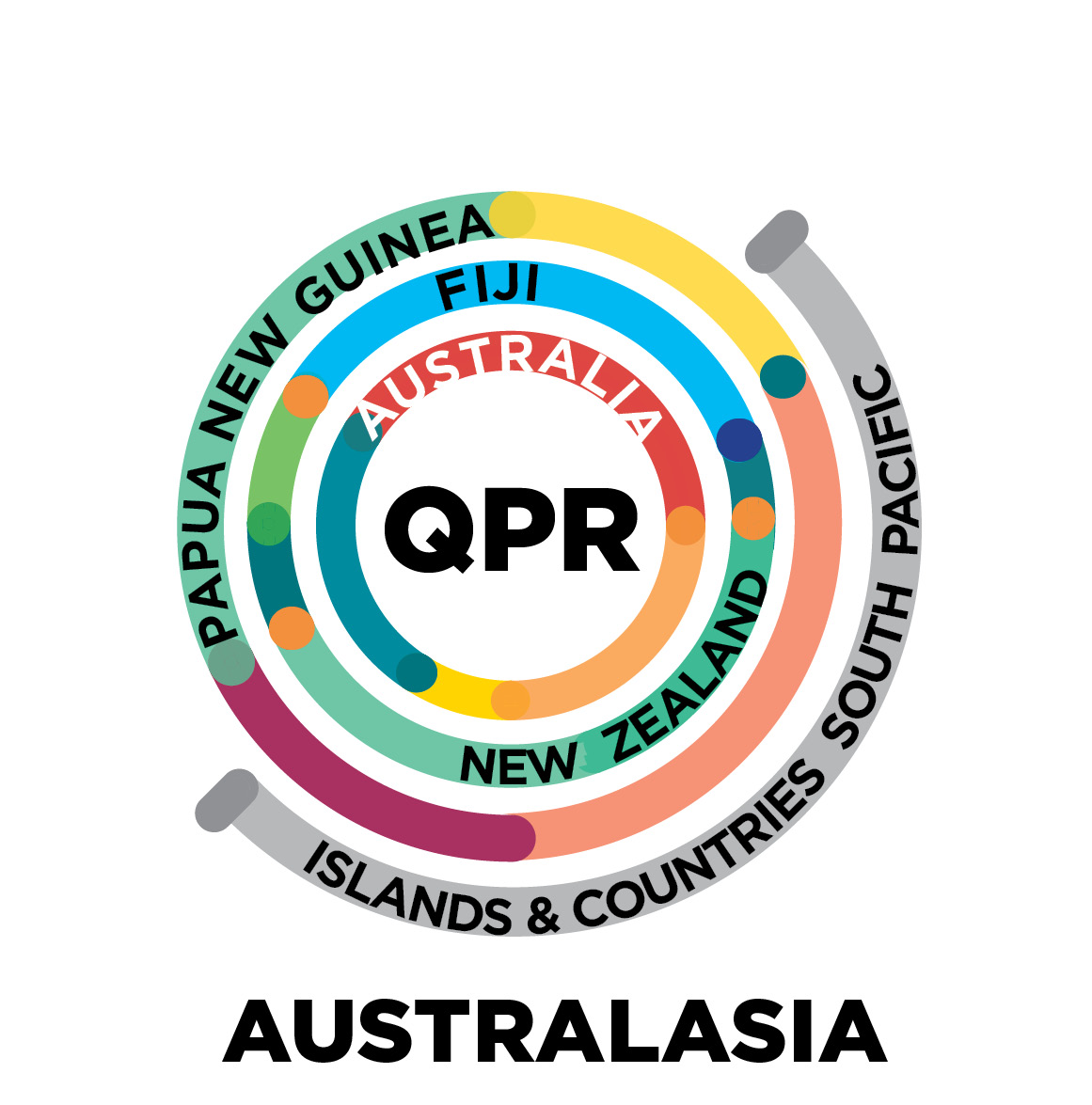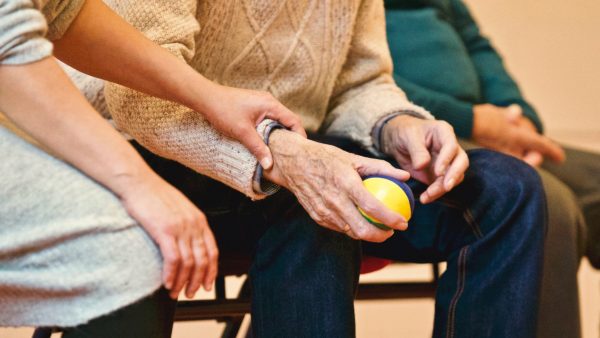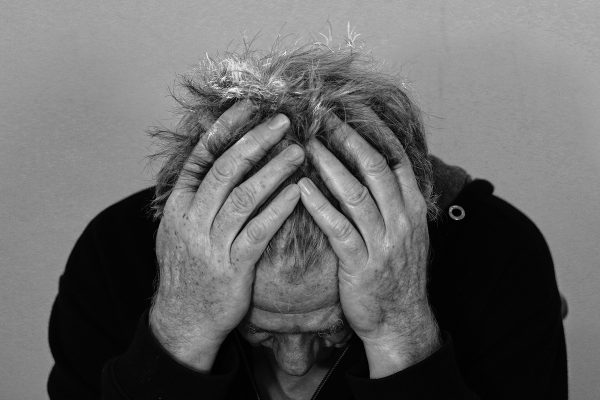
QPR for Emergency Medical Services / Firefighter
Emergency Medical Services/Firefighter professionals are first on scene for thousands of mental health and suicide attempt medical crisis every day. With input from members of the Colorado EMS Association, and with the help of the Redlands, California Fire Department and 1st responder organisations, this certificate course addresses the knowledge and skills first responders need to deal effectively with suicidal people, family members of the deceased by suicide, and to look after the health and safety of their colleagues and co-workers.
$77.00
This course is about our shared mission to help each other and the suicidal people we may meet on our journey through life. Some may be friends, some coworkers, and some may be the people we serve. As an EMS professional you may have already been on scene at a completed suicide or a non-fatal suicide attempt. If you have not, it is only a matter of time.
As background to building this course, the course authors worked with both the Injury Prevention Division of the Colorado Department of Public Health, and EMS/Firefighter professionals throughout the state. We built the training to "specifications" provided to our team by those "in the know."
Model intervention videos were graciously contributed by members of the San Bernardino Sheriff’s Department, the Ontario Police Department, the California Highway Patrol, the S.B.S.D. Valley Control, and the Redlands Fire Department.
Some additional key findings from expert consultation and research were these:
- EMS/Firefighters have a high degree of line-of-duty exposure to suicidal behaviours, both in the pre-attempt phase (when suicidal persons are communicating intent and desire to attempt suicide via suicide warning signs), and after a suicide attempt or completion.
- EMS/Firefighter professionals may also have a higher-than-expected suicide rate compared to other professions. Research is needed to confirm this observation, but one of requests for building this course was to address the need for colleague-to-colleague interventions to prevent suicide.
- While perceived comfort and competence in conducting suicide interventions or dealing with suicide events varies considerably, many first responder professionals have not had specific suicide prevention training that would be beneficial to them while "on scene."
- To earn the QPR for EMS/Firefighter Certificate in Suicide Prevention and receive a lapel pin and quality certificate to frame, the learner must complete 8 hours of online training in this same course. Some learners may take less time, some will take more. Practice sessions are recommended.
- The final exam is a national 25-item test that few health care or mental health professionals can pass without completing this or a similar training program.
- The QPR Institute trains and licenses Certified QPR Instructors for those interested in teaching QPR face-to-face.
- Finally, the four primary goals of the QPR Institute are these:
- Raise public awareness about suicide and its prevention.
- Provide low-cost, high-tech, effective, basic Gatekeeper and intervention skills training to lay persons who may be able to prevent a suicide.
- Provide suicide prevention and intervention training programs for a variety of professionals and for undergraduate, graduate and post-graduate students preparing for careers in the helping professions.
- Reduce morbidity and mortality of suicidal persons served by health care, correctional, hospital and other institutions through a systems approach to suicide risk reduction that enhances first responder and clinical competencies to detect, assess, monitor, manage and treat persons known to be at elevated risk for suicidal behaviours.
As of this writing in the winter of 2014, the Institute has trained more than 15,000 Certified Gatekeeper Instructors who have, in turn, trained more than two million gatekeepers worldwide. In addition, thousands of clinical health care providers have been trained in how to detect, assess, and manage suicidal consumers.
If this sounds like an "army" of people helping to prevent suicide, it is. Now, with your help, we will create a new division in that army of educated, trained first responders and people of goodwill to help prevent suicide around the globe.
While expert opinion may differ as to what helper competencies are required to assist suicidal persons achieve the most beneficial outcomes, little controversy exists about the lack of qualified manpower to help the thousands of people who think about, attempt and sometimes die by suicide, including those you respond to in the line of duty.
Even among licensed professionals there is a serious lack of systematic training in how to a) detect suicide risk, b) assess immediate risk for suicidal behaviors and c) provide helpful crisis mitigation services to suicidal persons.
The history and source of the Institute's training programs is derived from earlier research and development work in partnership with Washington State University, The Washington Institute for Mental Health Research, the Washington State Youth Suicide Prevention Program, Spokane Mental Health, and Spokane County Regional Health District.
We believe that crisis volunteers, first responders, emergency services professionals, corrections professionals as well as many others in frequent contact with at risk populations, need to know as much about suicidal behaviors and how to intervene to reduce risk and enhance safety as do trained mental health professionals. To this end, the online program you are about to take is intended to train you in the knowledge and skills you will need to provide competent services in suicide risk detection, initial intervention, how to immediately mitigate the risk of a suicide attempt.
Suicide is one of the most critical health concerns, both in Australia and on a global scale. In 2015, over 3000 Australians died by suicide. For every suicide death, as many as 25 individuals will attempt suicide, and for some communities, such as Aboriginal and Torres Strait Islanders and LGBTI people, rates of suicide attempts and deaths are even higher.
Over the past decade in Australia, there has been a 20% increase in the number of suicides and suicide is the leading cause of death for Australians aged 15-44.
We also know that suicide rates of Aboriginal and Torres Strait Islander people are at least twice that of non-Indigenous Australians, and that while women make more suicide attempts, 75% of suicides are by men.
Some people in the community are particularly vulnerable, for example men aged 18 to 24 who have previously served in the Australian Defence Forces are twice as likely to die by suicide as men of the same age in the general population. Other workforces with higher risk of suicide can include those working in agricultural, transport and construction and health sectors.
This training is not a substitute for a university degree in counselling or other helping profession, nor can it provide the face-to-face supervised experience those in the helping professions are provided in the course of their professional career development. The program does not teach suicide risk assessment skills. Suicide risk assessment training is provided in other QPR Institute programs.
- Participants must be at least 18 years of age
- If employed by, or volunteering for, an organisation, participants agree to accept all expectations and employment rules of their parent organisation. The QPR Institute does not vet or otherwise qualify students for this course.
Modularized in a rich mix of text, video, voice-over PowerPoint™ lectures, interactive practice sessions, and other state-of-the-art interactive and e-learning technologies, the QPR for EMS/Firefighters online training program provides two certificates.
Basic, Level I QPR Gatekeeper Training for Suicide Prevention requires 2 hours of training, after which one certificate is issued when the quiz is passed. This course is embedded in the larger QPR for EMS/Firefighter Certificate in Suicide Prevention. The full course requires 8 hours of training and passing a final exam. If the learner passes this national exam he or she will have demonstrated more knowledge about suicide and its prevention than a large majority of mental health professionals.
From the 8-hour Level II certificate program, participants should be able to:
- Understand the common myths and facts surrounding suicide
- Recognise someone at risk of suicide
- Demonstrate increased knowledge about suicide and its causes
- Identify unique verbal, behavioural, and situational suicide warning signs
- Know how to inquire about suicidal intent and desire
- Know how to engage and assist a suicidal colleague or co-worker
- Apply QPR with potentially suicidal people
- Know what to say to people who have attempted suicide and to the loved ones left behind by a completed suicide
- Demonstrate QPR intervention skills
- Describe suicide as a major public health problem.
- Describe and locate major suicide prevention web sites and online resources
- Identify at least three suicide warning signs
- Identify at least three risk factors for suicide
- Name at least three protective factors against suicide
- Describe means restriction and how to immediately reduce risk
- Understand the nature of suicide and describe at least one theory of suicidal behaviour
- Demonstrate basic helping skills following suicide attempts or completions
- Describe the relationship of mental illness and substance abuse to suicide and understand the fundamentals of our current knowledge about suicide and its prevention




